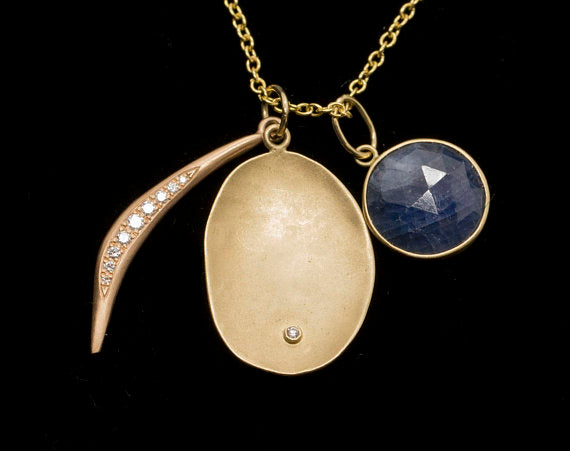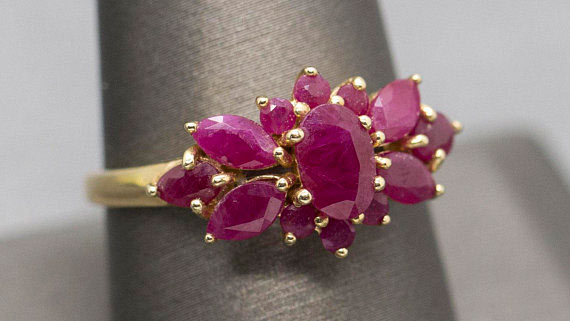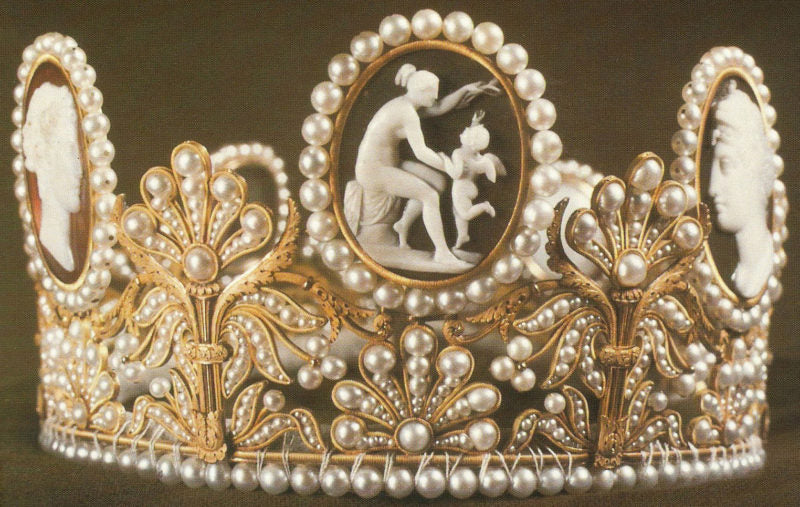
Ancient Romans thought that opals were the most precious of all stones because they contained all colors. Is there anything more amazing than the explosion of color that high quality opals flash? They’ve been prized throughout history for this unique property.
Ever wonder what gives opals that flash of a kaleidoscope, that play of color? Opals are made of silica, which is a water based substance that forms in the cracks of rocks. Over time the water evaporates, leaving the silica to form round crystals.
When the crystals grow, they create patterns which reflect light like rain through a rainbow.

Not all opals show their rainbow brights. Common opal, or opal without the play of color, can be found in beautiful opaque colors like creamy pink, denim blue and even teal green. There’s also Mexican fire opal, which can be a transparent bright orangey red.
Because opals contain water, they can be easily damaged if they dry out or are exposed to direct sunlight for long periods of time. In fact, dryness in an opal can cause it to crack and loose its phenomenal color. Properly mined opal is stabilized for ten or more years before it is cut so that it can acclimate to its new environment above ground.
Opals are by nature soft stones, so while you often see them in rings, they are almost always cabochons, or rounded tops instead of faceted. That keeps edges from chipping or breaking. They are also usually set low in jewelry.
As the month of October brings a world of new fall color around us, what a perfect stone to celebrate that fire!

















